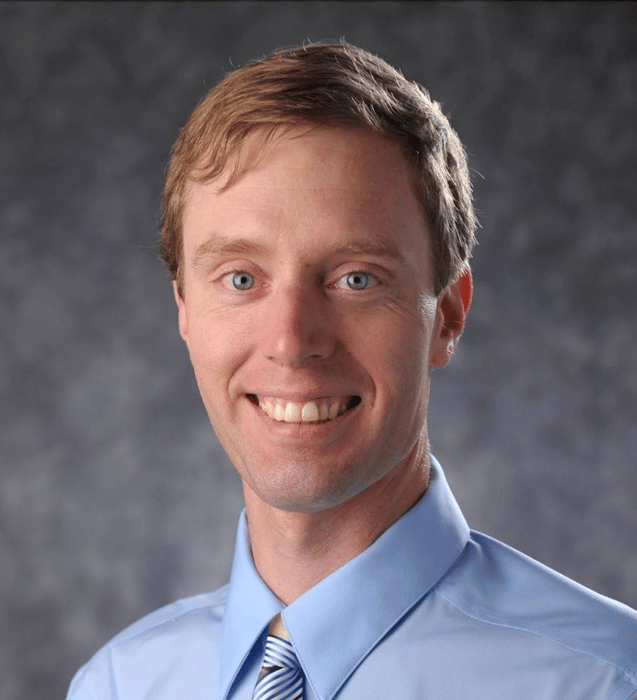Texas State University (TxState) has partnered with The University of Texas at Austin (UT) Center for Dynamics and Control of Materials (UT-CDCM) to form the TxState-UT PREM Center for Intelligent Materials Assembly (CIMA). The Vision of the TxState-UT PREM Center for Intelligent Materials Assembly (CIMA) is to become a sustainable, inclusive, multi-disciplinary scientific and educational research center in the Central Texas region that exceeds the diversity demographics of the university and the state of Texas, that provides underrepresented minority (URM) students a pathway into advanced degrees and careers in materials science, and that fosters state-of-the-art research. The center’s name, CIMA, the Spanish word for “summit,” embraces our quest for scientific and educational excellence through the collaborative PREM pathway.
The PREM CIMA will promote recruitment, retention and degree attainment of a diverse student cohort with a pathway into advanced degrees and careers in materials science. The PREM CIMA will offer students high impact research experiences, mentorship by TxState and UT faculty and students, personnel exchanges including biannual joint research conferences, professional development and a supportive community. A key element of increasing pipeline representation will be early recruitment of first- and second-year STEM majors to become ‘PREM Associates.’ Students will develop confidence and a materials science identify through effective mentorship, research engagement and community development. Retention will be augmented by the student transition to a ‘PREM Researcher’ status where career development workshops, exposure to the R1 research environment at UT, and presentation and publication of research results will prepare students for interdisciplinary materials careers following degree attainment as ‘PREM Graduates.’
The research goal of the PREM CIMA is to create new materials based on the assembly of organized molecular and nanoscaled structures. The TxState-UT PREM CIMA will utilize a collaborative model in which “PREM Researchers” are the unifying link between the TxState and UT research teams. The geographic proximity of the partners will facilitate collaborative projects and exchange. The proposed research has been organized into two main thrusts, and will create advanced materials for applications that include biomedicine, water purification, chemical fuel generation from renewable energy sources, and nanoelectronics.















